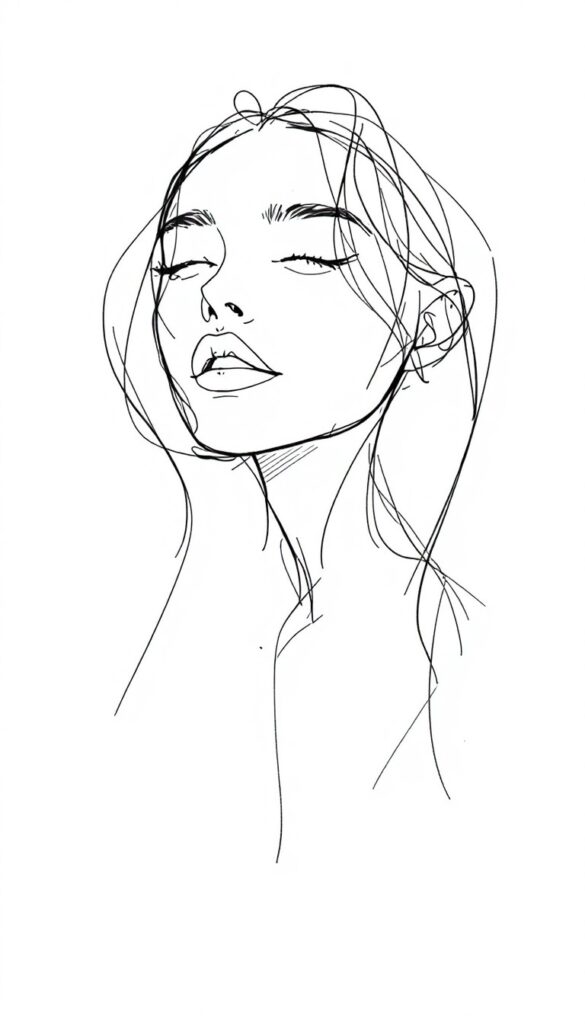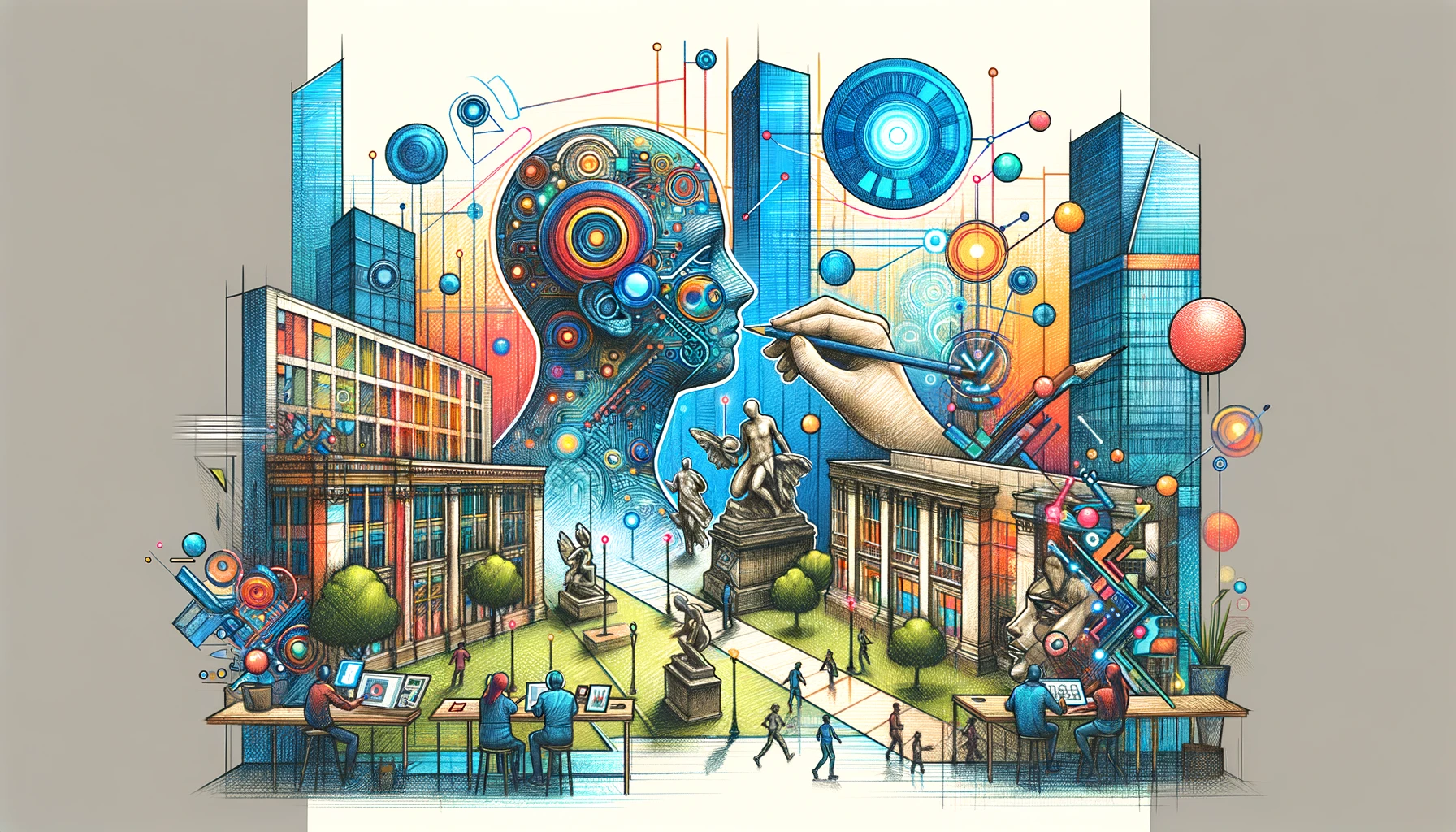
5 Biggest

Art trends

For 2025
Introduction
Art has always been a reflection of its time, From ancient cave paintings to today’s digital masterpieces, art has always been a reflection of its time, expressing cultural shifts, technological advancements, and changing societal values. As we approach 2025, Also many of the people are using AI tools for making art. the art world is going through a dynamic shift due to new technologies, environmental concerns, and shifting audience expectations. According to experts, the upcoming year will see a fusion of traditional and contemporary elements, with digital innovations and sustainability playing crucial roles in shaping artistic expression.
The creation and consumption of art are being completely changed by the impact of augmented reality and artificial intelligence. The difference between human and machine creation is growing more difficult due to the advanced technology of AI-generated art, while augmented reality is providing interactive experiences that are changing how people interact with art. Action is becoming an important part of artistic practice as artists investigate eco-conscious topics and sustainable materials in response to the growing environmental consciousness.
Both Blockchain technology and digital ownership are still developing, and as NFTs get better, they give artists more opportunities for earning money and verifying the authenticity of their work. Although it has a contemporary twist and is filled with intensely emotional stories that break conventional ideas of reality, realistic art is also making a significant recovery. Furthermore, audiences are becoming more involved in the creative process as a result of the growing popularity of interactive and experience art.
Art enthusiasts, collectors, and artists should all be ready for an exciting year of changes as a result of these revolutionary advancements. The five biggest art trends of 2025 listed below 5 Biggest Art Trends for 2025, according to Experts. How the creative landscape is growing in previously new ways, making art more emotionally impactful, immersive, and sustainable than ever.
Table of Contents
1. AI-Generated and Augmented Art

Although artificial intelligence has already been causing a stir in the art world, it is expected to grow even more in 2025. Artificial intelligence (AI)-generated art, in which algorithms produce beautiful images using patterns they have learned, will advance. AI and artists are working together more and more to create hybrid works that challenge conventional ideas of authorship and creativity.
The way that art is experienced is likewise being revolutionized by augmented reality (AR). Public areas are becoming interactive galleries thanks to digital overlays, which provide visitors new and engaging opportunities to interact with art. Technology will continue to influence art in the future, from AR-enhanced paintings to AI-powered installations.
2. Eco-Aware and Sustainable Art

With growing awareness of climate change and environmental sustainability, artists are prioritizing eco-friendly materials and themes. In 2025, we can expect to see a surge in art made from recycled, biodegradable, and upcycled materials. Many artists are using their work to advocate for sustainability, drawing attention to pressing environmental issues.
The rise of “land art” and nature-based installations will also gain popularity, as creators look for ways to integrate their work with the natural world rather than impose upon it. This trend aligns with a broader movement in design and fashion toward sustainability, proving that art is not just a reflection of society but also a call to action.
3. Digital Collectibles and NFT Evolution

In recent years, non-fungible tokens, or NFTs, has severely affected the art market. NFTs are constantly developing and changing digital ownership, even though the original excitement surrounding them has diminished. According to experts, NFTs will improve in 2025 and place more of an emphasis on long-term value and utility.
Blockchain technology is being used by artists to produce unique digital treasures, memberships, and experiences that go beyond still photos. NFTs are becoming more popular because they are dynamic and dynamic, changing over time or responding to outside factors. In order to confirm the origin and ownership of digital artworks, museums and galleries are also looking into ways to use NFT authentication.
4. Realistic and Emotional Expression Art

In 2025, realistic art may make a comeback as artists continue to push the limits of realistic and detail in their creations. But this new phase of realistic art has strong emotional and psychological effects in addition to technical accuracy.
In order to explore subjects like identity, mental health, and human connection, artists are producing realistic portraits and sculptures that trigger intense emotions. Realistic is a balanced that adds a greater sense of authenticity in a time when digital media frequently affects reality, making this trend more appropriate.
5. Interactive and Experiential Art

Art has become something to be experienced rather than only seen. Exhibitions and installations throughout the world will be filled with interactive and experience art in 2025. It will be encouraged for viewers to interact with the artwork on an intellectual, emotional, and internally level.
The lines between artist and spectator will continue to dissolve as immersive installations that react to touch and movement and performance art that engages the audience will become more common. In a society that is becoming more digitally linked and dispersed, this change reflects a desire for deeper ties. By developing multisensory experiences that appeal to a broader audience, museums and galleries are also adjusting to this trend.
Conclusion
These are the best 5 Biggest Art Trends for 2025, according to Experts. The art world is ready for a year of transformation as 2025 comes near. Digital ownership is still changing, sustainability is becoming an important component of creative, and AI and augmented reality are reshaping artistic expression. While interactive and experiential art is bringing viewers closer to the creative process, realistic art is making a strong emotional comeback.
These patterns demonstrate the continuous conversation between society, technology, and creative innovation. Whether you’re an enthusiast, collector, or artist, following these trends can give you a better understanding of how modern art is constantly evolving. 2025 is expected to be a creative and culturally expressive year as artists continue to push boundaries and explore.
Also read : 3 best AI tools for trip planning

